Home>Furniture & Design>Bathroom Accessories>What Causes Water In Toilet Bowl To Move
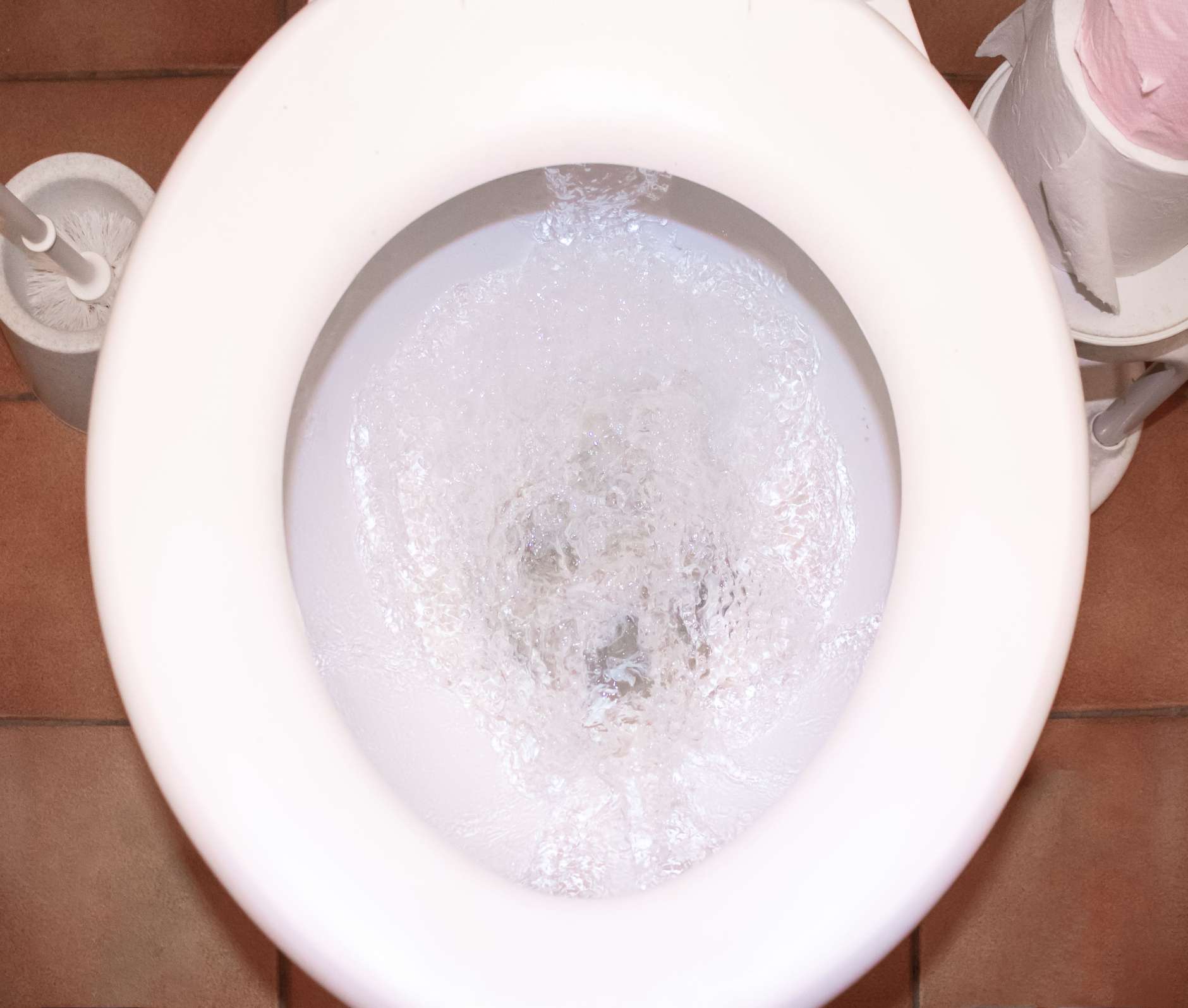

Bathroom Accessories
What Causes Water In Toilet Bowl To Move
Published: February 14, 2024
Learn about the causes of water movement in your toilet bowl and how bathroom accessories can affect it. Find solutions to common issues.
(Many of the links in this article redirect to a specific reviewed product. Your purchase of these products through affiliate links helps to generate commission for Storables.com, at no extra cost. Learn more)
Introduction
The movement of water in a toilet bowl is a fascinating phenomenon that is influenced by various factors. Understanding what causes this movement can provide valuable insights into the mechanics of a toilet and the principles of fluid dynamics. From the subtle ripples after a gentle flush to the powerful whirlpool effect during a vigorous flush, the behavior of water in a toilet bowl is a result of several interconnected forces at play.
In this article, we will delve into the intriguing reasons behind the movement of water in a toilet bowl. By exploring the principles of gravity, water pressure, and the flushing mechanism, we can unravel the intricate dynamics that govern this everyday occurrence. Additionally, we will discuss the significance of water level adjustment in maintaining optimal functionality.
Join us on this enlightening journey as we uncover the forces that shape the movement of water in a toilet bowl, shedding light on the often overlooked yet essential aspects of bathroom accessories.
Key Takeaways:
- Gravity shapes the movement of water in a toilet bowl, creating the mesmerizing whirlpool effect during a flush and maintaining the water level when the toilet is not in use.
- Water pressure drives the swift and forceful flow of water during a flush, ensuring efficient waste removal and a seamless user experience. Adjusting the water level is crucial for optimal functionality and waste removal.
Read more: What Causes A Toilet Bowl To Lose Water
Gravity
Gravity plays a fundamental role in the movement of water in a toilet bowl. As a force of attraction between objects, gravity exerts a constant pull on the water within the bowl, influencing its behavior and movement. When the toilet tank is filled and the flush valve is closed, the water in the bowl remains stationary, held in place by the downward force of gravity.
As the flushing process is initiated, the force of gravity comes into play, causing the water in the tank to rapidly flow into the bowl. This influx of water creates a surge that displaces the existing water in the bowl, initiating the flushing action. The gravitational force ensures that the water flows downward, following the natural path dictated by gravity's pull.
Moreover, gravity contributes to the formation of the characteristic whirlpool effect observed during a flush. As the water enters the bowl, it spirals in a vortex-like motion, driven by the gravitational pull towards the drain. This mesmerizing movement is a direct result of gravity's influence on the flowing water, shaping its trajectory and creating the swirling pattern that facilitates an efficient flush.
Furthermore, the force of gravity dictates the water level in the toilet bowl when it is not in use. The level is determined by the balance between the gravitational force pulling the water downward and the opposing force exerted by the water pressure in the plumbing system. This equilibrium ensures that the water remains at a consistent level, ready to facilitate the flushing process when needed.
In essence, gravity serves as the underlying force that governs the movement of water in a toilet bowl, dictating its behavior during both the idle state and the flushing action. By understanding the pivotal role of gravity in this context, we gain a deeper appreciation for the intricate interplay of natural forces that contribute to the functionality of essential bathroom accessories.
Water Pressure
Water pressure is a crucial factor that significantly influences the movement of water in a toilet bowl. This force, generated within the plumbing system, plays a pivotal role in facilitating the flushing process and maintaining the optimal functioning of the toilet.
When the toilet is not in use, the water pressure in the plumbing system ensures that the water in the bowl remains at a consistent level. This equilibrium is maintained by the balance between the force of gravity pulling the water downward and the opposing pressure exerted by the water in the pipes. The regulated water level in the bowl, upheld by the pressure within the plumbing system, ensures that the toilet is primed for efficient flushing when needed.
During the flushing process, water pressure comes into play as the stored water in the tank is released into the bowl. The pressure behind the water forces it through the flush valve and into the bowl, initiating the rapid displacement of the existing water. This surge of water, driven by the pressure within the plumbing system, creates the necessary momentum to propel the waste and facilitate a thorough flush.
Furthermore, the impact of water pressure is evident in the swift and forceful flow of water during a flush. The pressure behind the released water ensures a vigorous and effective expulsion of waste, contributing to the overall efficiency of the flushing mechanism. This dynamic interaction between water pressure and the flushing action highlights the essential role played by this force in ensuring the proper functioning of the toilet.
Moreover, the maintenance of optimal water pressure is essential for the consistent performance of the toilet. Adequate pressure within the plumbing system guarantees the swift and reliable delivery of water into the bowl during each flush, contributing to a seamless and hygienic experience for the user.
In essence, water pressure serves as a driving force that underpins the movement of water in a toilet bowl, influencing its behavior during both the idle state and the flushing process. By recognizing the significance of water pressure in this context, we gain a deeper understanding of the intricate interplay of forces that contribute to the functionality of essential bathroom accessories.
Check the water level in the tank, it should be at the water line. If it’s too low, adjust the float valve. If it’s too high, adjust the float arm. If the problem persists, there may be a clog in the drain or vent.
Flushing Mechanism
The flushing mechanism of a toilet is a complex and precisely engineered system designed to efficiently remove waste and maintain optimal hygiene. This intricate process involves a series of coordinated actions that are initiated when the flush lever is activated, setting in motion a sequence of events that culminate in the rapid expulsion of water from the tank into the bowl.
Upon triggering the flush lever, the flush valve is opened, allowing the stored water in the tank to swiftly enter the bowl. This influx of water creates a surge that displaces the existing water, initiating the flushing action. The forceful entry of water into the bowl sets the stage for the expulsion of waste, ensuring a thorough and effective flush.
As the water enters the bowl, it generates a swirling motion, forming a vortex that facilitates the rapid removal of waste. This whirlpool effect, driven by the force of gravity and the pressure behind the released water, optimizes the flushing process by creating a dynamic flow that efficiently carries away the waste.
Furthermore, the design of the toilet bowl and the strategically positioned rim holes contribute to the effectiveness of the flushing mechanism. The rim holes, located under the rim of the bowl, release water into the bowl in a controlled manner, enhancing the coverage and reach of the flushing action. This targeted dispersion of water ensures comprehensive cleaning and promotes the efficient removal of waste from the bowl.
Additionally, the siphon jet, a key component of the flushing mechanism, plays a crucial role in expelling waste from the bowl. This specialized feature utilizes the force of the incoming water to create a powerful suction that draws the waste through the trapway and into the drain, effectively clearing the bowl and maintaining cleanliness.
Moreover, the efficient operation of the flushing mechanism is supported by the precise alignment of components, including the flush valve, flapper, and fill valve. These elements work in harmony to regulate the flow of water, maintain optimal water levels, and ensure the seamless execution of the flushing process.
In essence, the flushing mechanism of a toilet embodies a sophisticated interplay of components and forces, orchestrated to deliver a hygienic and efficient flushing experience. By understanding the intricacies of this mechanism, we gain a deeper appreciation for the engineering ingenuity that underpins the functionality of essential bathroom accessories.
Water Level Adjustment
Water level adjustment in a toilet bowl is a critical aspect that directly impacts the efficiency and performance of the flushing process. The precise regulation of the water level ensures optimal functionality, contributing to effective waste removal and the maintenance of hygiene within the toilet bowl.
When the toilet is not in use, the water level in the bowl is carefully maintained at a specific height, determined by the equilibrium between the force of gravity and the pressure within the plumbing system. This balanced water level serves as the baseline for facilitating efficient flushing, ensuring that an adequate volume of water is available to initiate the flushing action when required.
The adjustment of the water level in the toilet bowl is typically achieved through the proper calibration of the fill valve, which controls the inflow of water into the tank. By fine-tuning the fill valve, the water level in the tank can be precisely regulated, subsequently influencing the water level in the bowl. This adjustment process is essential for ensuring that the bowl contains the optimal amount of water to support a thorough and effective flush.
Furthermore, maintaining the correct water level in the bowl is crucial for promoting cleanliness and preventing potential issues such as clogging and inadequate waste removal. An insufficient water level may compromise the flushing process, leading to incomplete waste removal and the need for additional flushing attempts. Conversely, an excessively high water level can result in inefficient water usage and potential overflow during the flushing process.
The significance of water level adjustment extends to the overall user experience, as a properly calibrated water level contributes to the smooth and reliable operation of the toilet. By ensuring that the bowl contains the appropriate amount of water, users can have confidence in the toilet's ability to effectively remove waste with each flush, promoting a hygienic and hassle-free experience.
In essence, water level adjustment stands as a pivotal factor in maintaining the functionality and efficiency of a toilet bowl. By carefully managing the water level through precise adjustments, the flushing process is optimized, waste removal is enhanced, and the overall performance of the toilet is upheld, reflecting the essential role played by this aspect in the realm of bathroom accessories.
Read more: What Causes Toilet Bowl Stains
Conclusion
In conclusion, the movement of water in a toilet bowl is a multifaceted phenomenon influenced by a combination of natural forces, precise engineering, and meticulous calibration. The interplay of gravity, water pressure, and the flushing mechanism orchestrates the seamless functionality of the toilet, ensuring efficient waste removal and the maintenance of optimal hygiene.
Gravity, as a fundamental force, governs the behavior of water in the bowl, dictating its movement during both the idle state and the flushing process. The gravitational pull shapes the trajectory of the water, creating the mesmerizing whirlpool effect that facilitates an effective flush. Additionally, gravity maintains the equilibrium of the water level in the bowl, ensuring readiness for the flushing action when needed.
Water pressure emerges as a driving force that propels the rapid expulsion of water during a flush, contributing to the vigor and efficiency of waste removal. The regulated pressure within the plumbing system guarantees the swift delivery of water into the bowl, enhancing the overall performance of the toilet and promoting a seamless user experience.
The flushing mechanism, characterized by a sophisticated interplay of components and design features, orchestrates the precise sequence of actions that culminate in the thorough removal of waste. From the strategic release of water through rim holes to the powerful suction generated by the siphon jet, each element contributes to the effectiveness of the flushing process, ensuring cleanliness and optimal functionality.
Furthermore, the critical aspect of water level adjustment underscores the importance of maintaining the appropriate water level in the bowl. This meticulous calibration directly impacts the efficiency of waste removal, the prevention of potential issues, and the overall user experience, reflecting the essential role played by this aspect in the realm of bathroom accessories.
By unraveling the intricate dynamics that govern the movement of water in a toilet bowl, we gain a deeper appreciation for the engineering ingenuity and natural forces that underpin the functionality of this essential bathroom fixture. The seamless interplay of gravity, water pressure, and the flushing mechanism ensures the reliable and hygienic operation of the toilet, highlighting the harmonious convergence of natural principles and human innovation in the realm of bathroom accessories.
Frequently Asked Questions about What Causes Water In Toilet Bowl To Move
Was this page helpful?
At Storables.com, we guarantee accurate and reliable information. Our content, validated by Expert Board Contributors, is crafted following stringent Editorial Policies. We're committed to providing you with well-researched, expert-backed insights for all your informational needs.
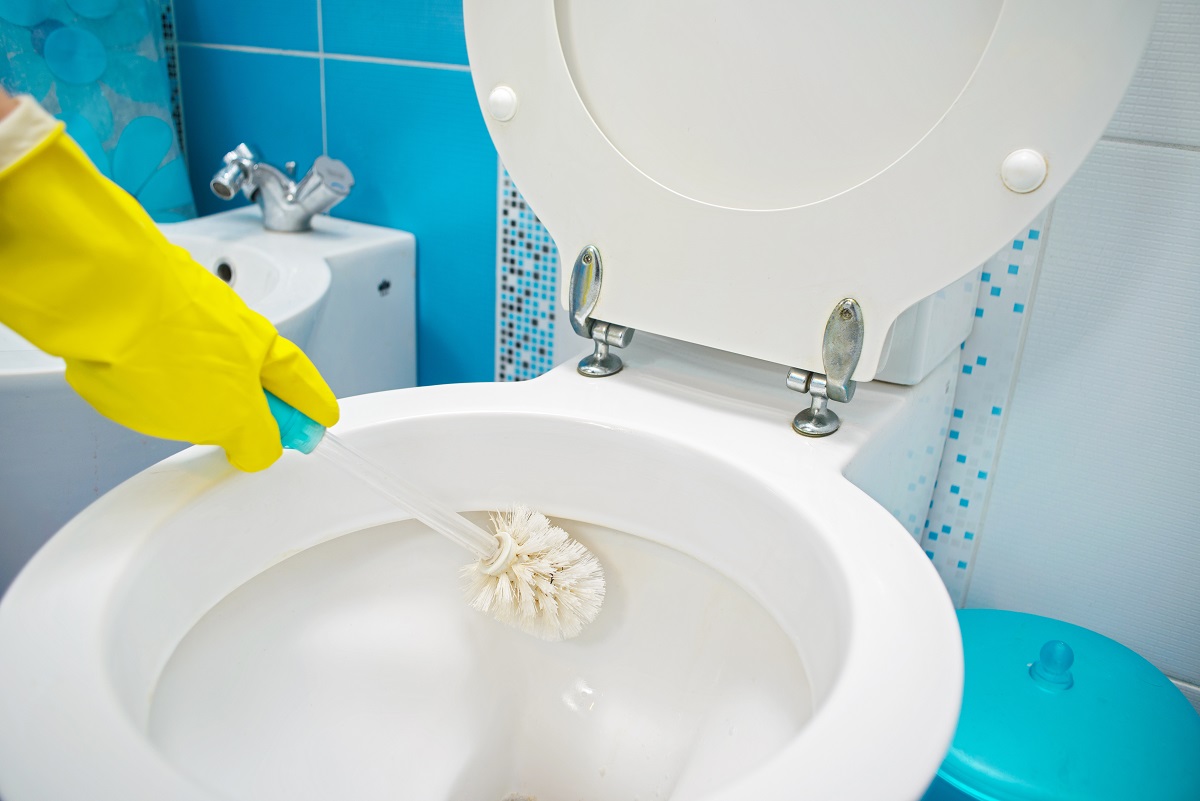
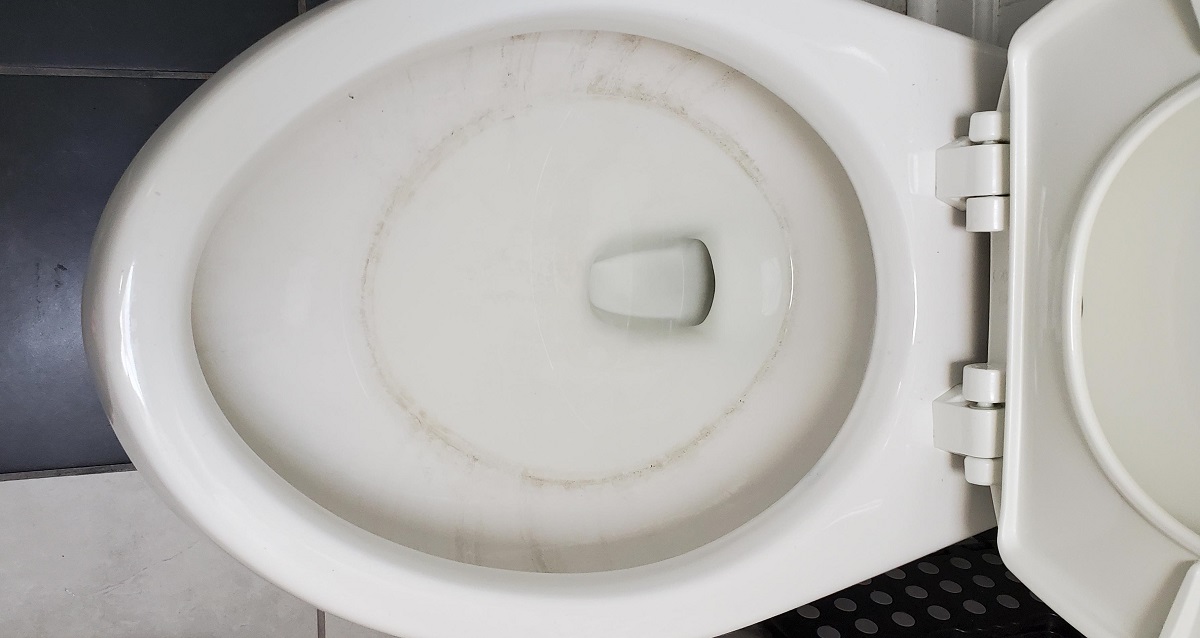
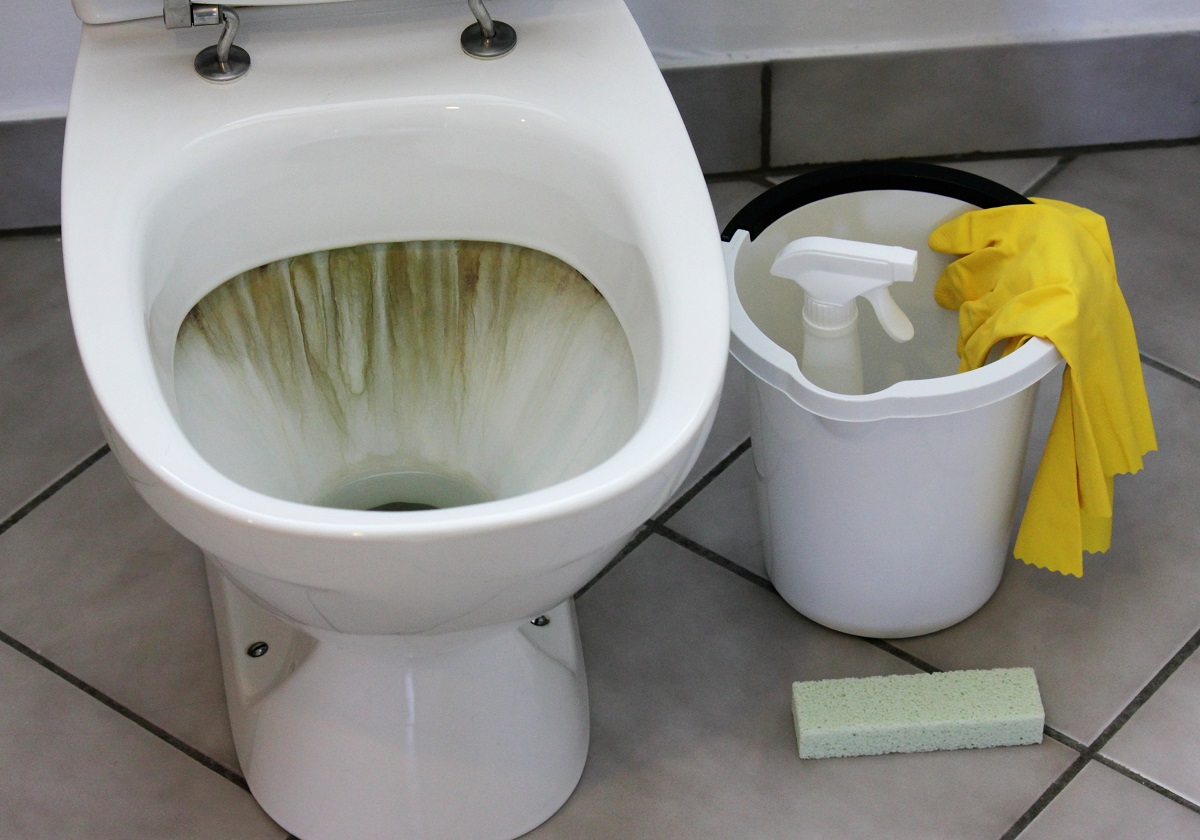
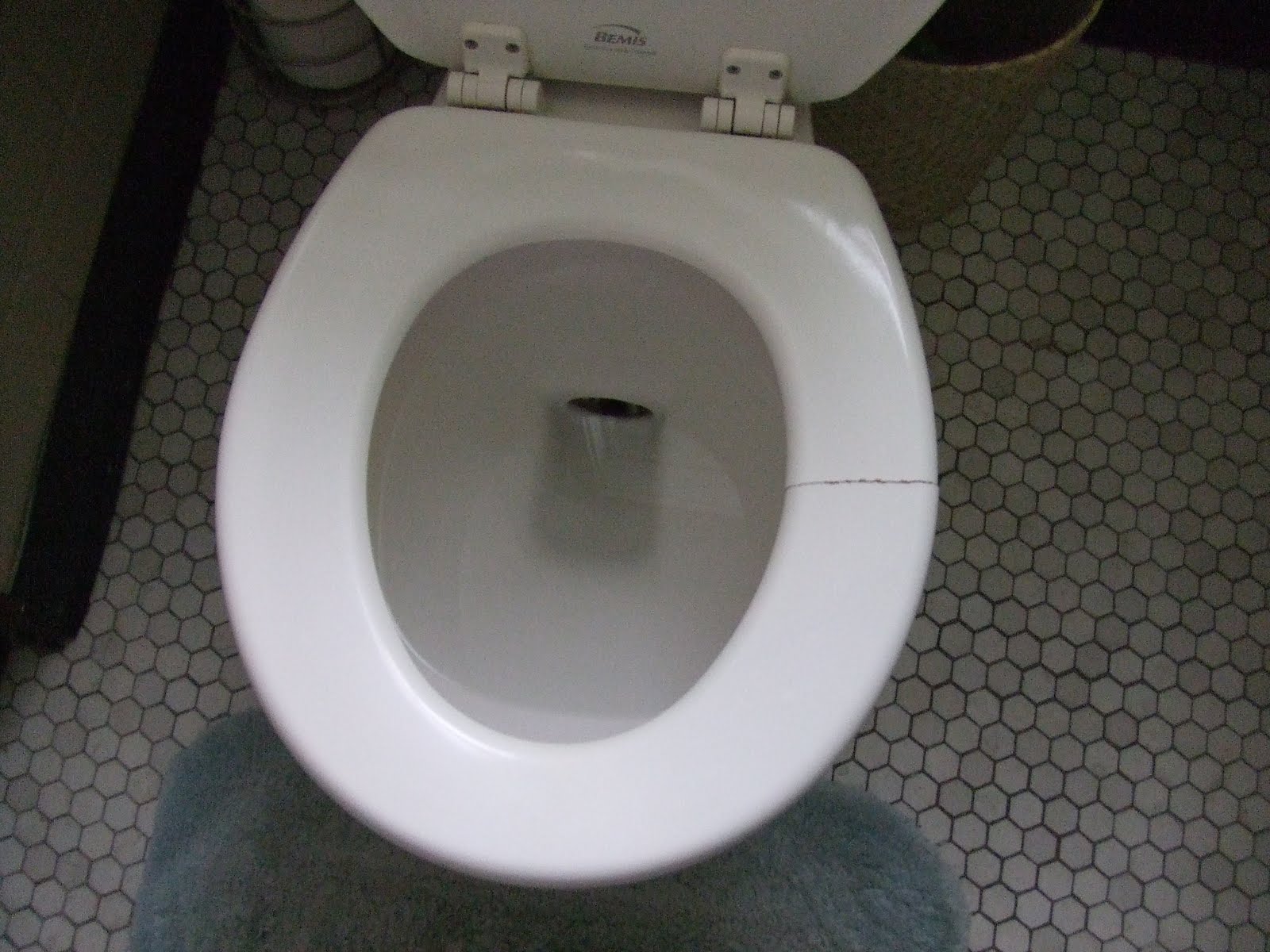
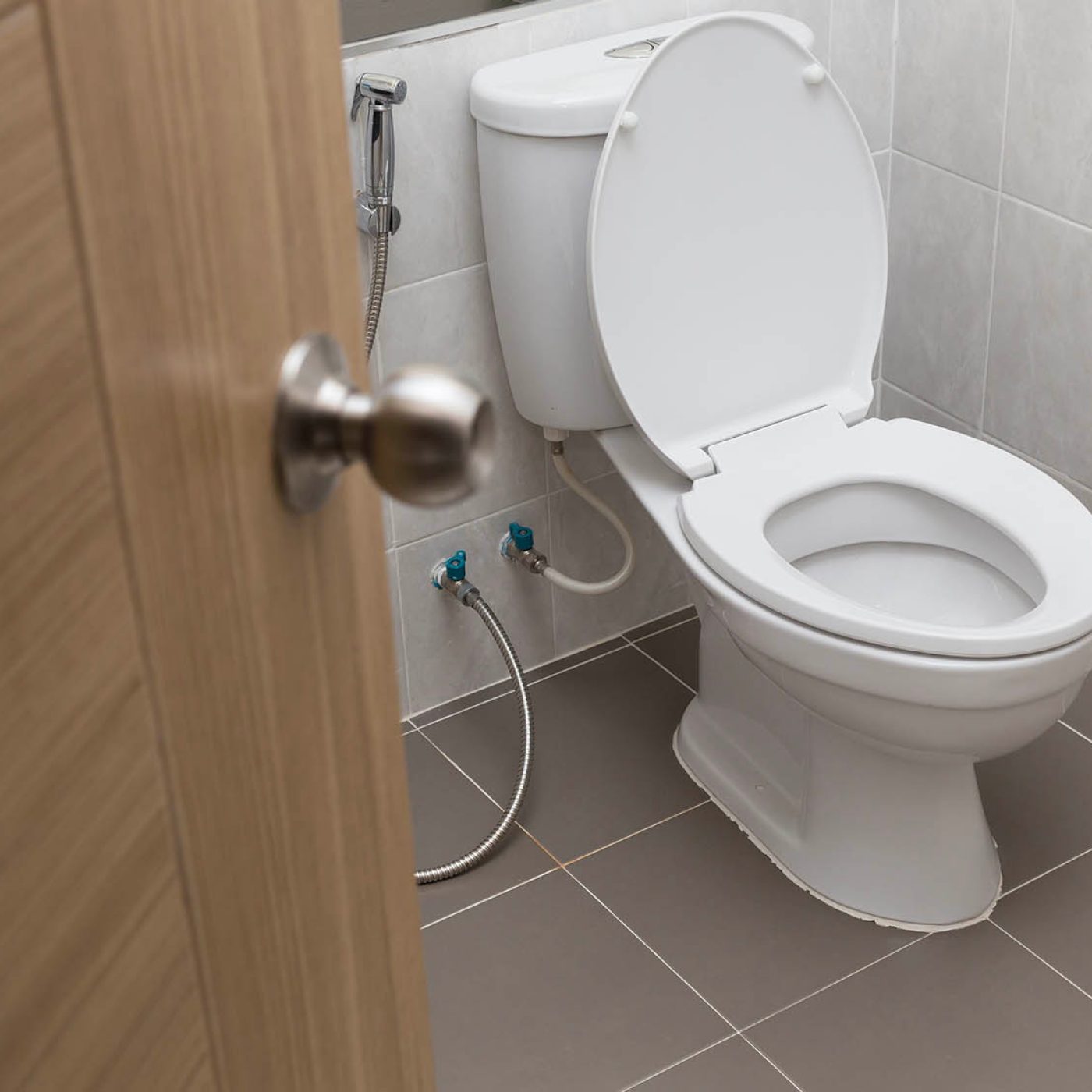
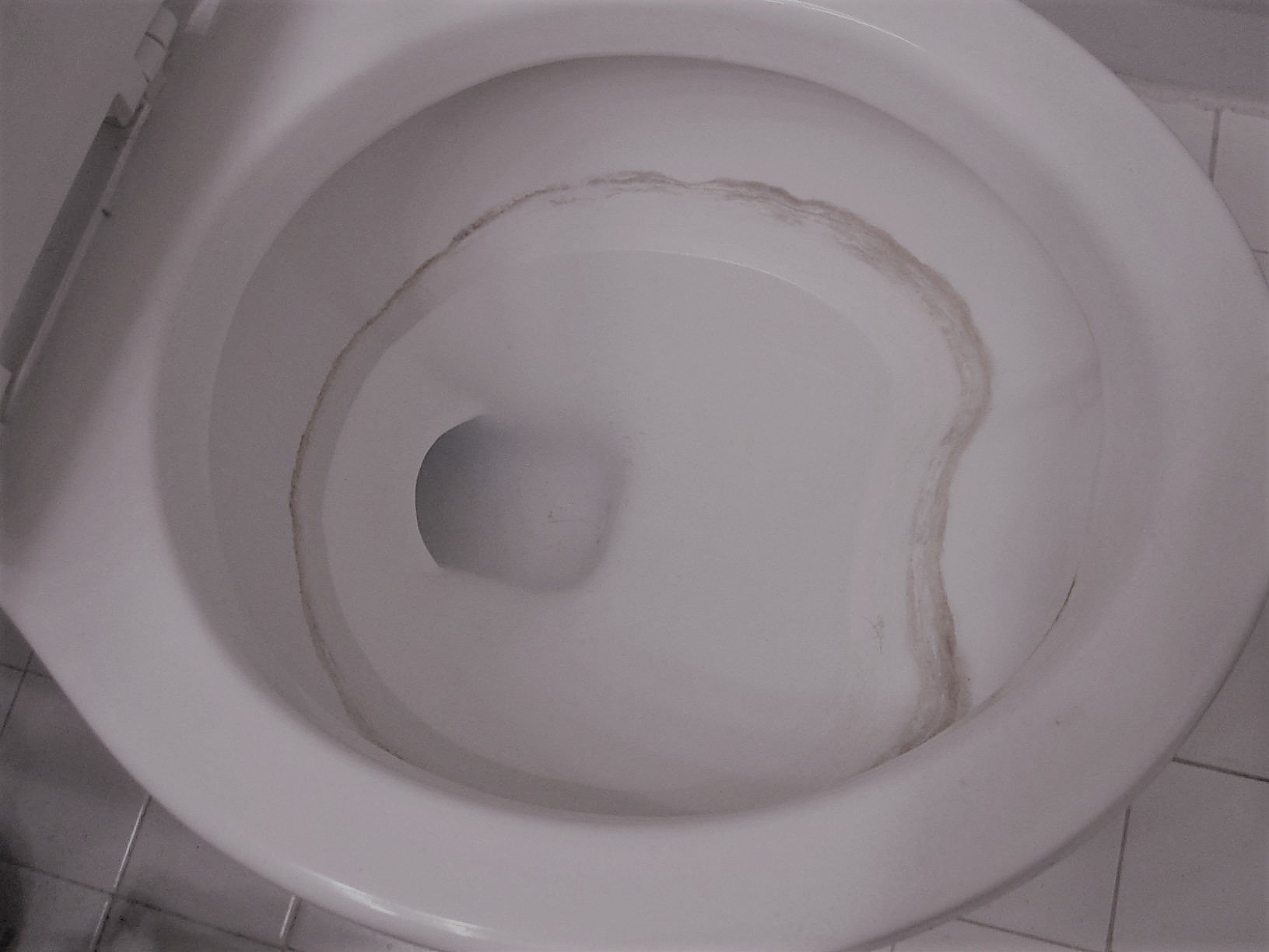
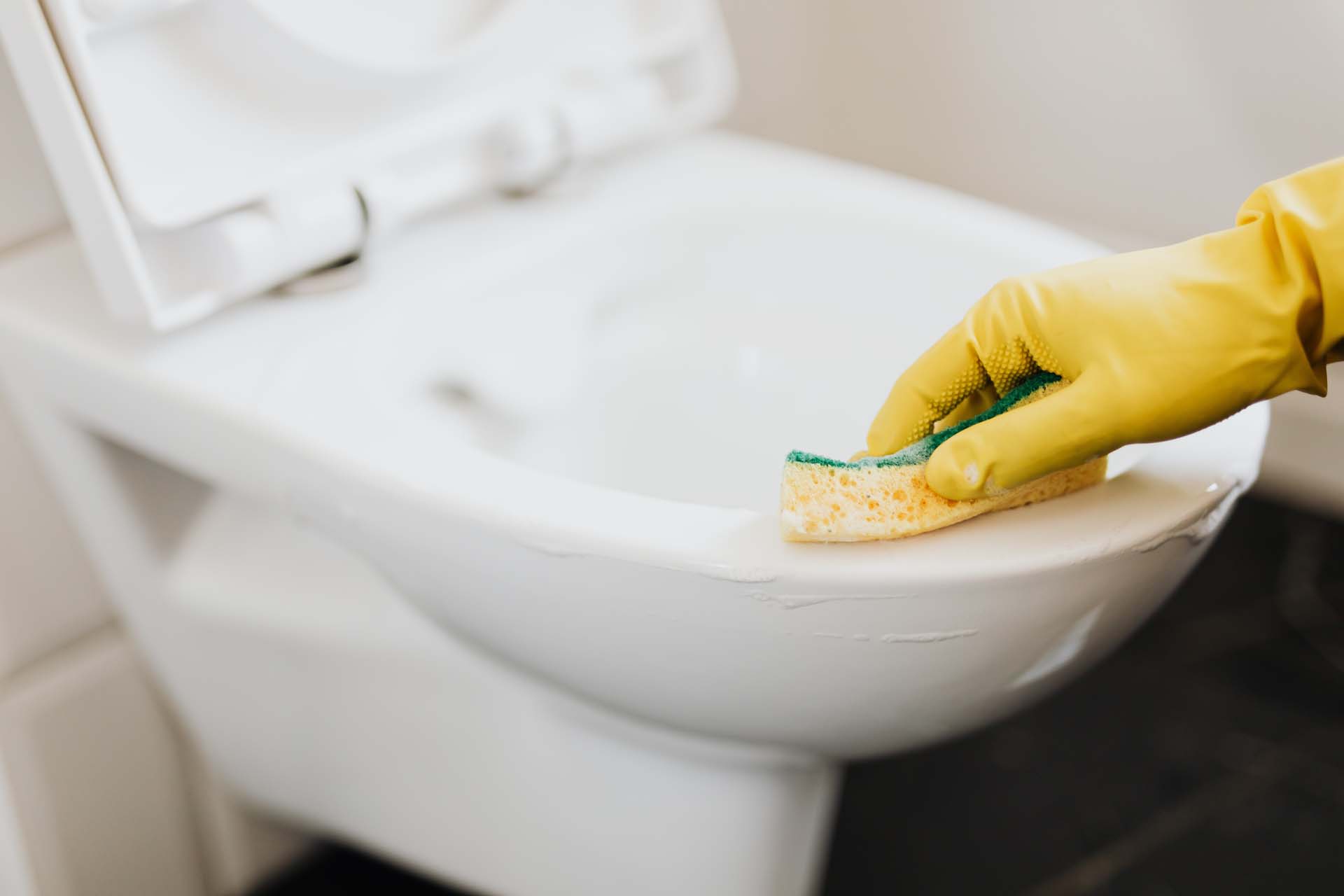
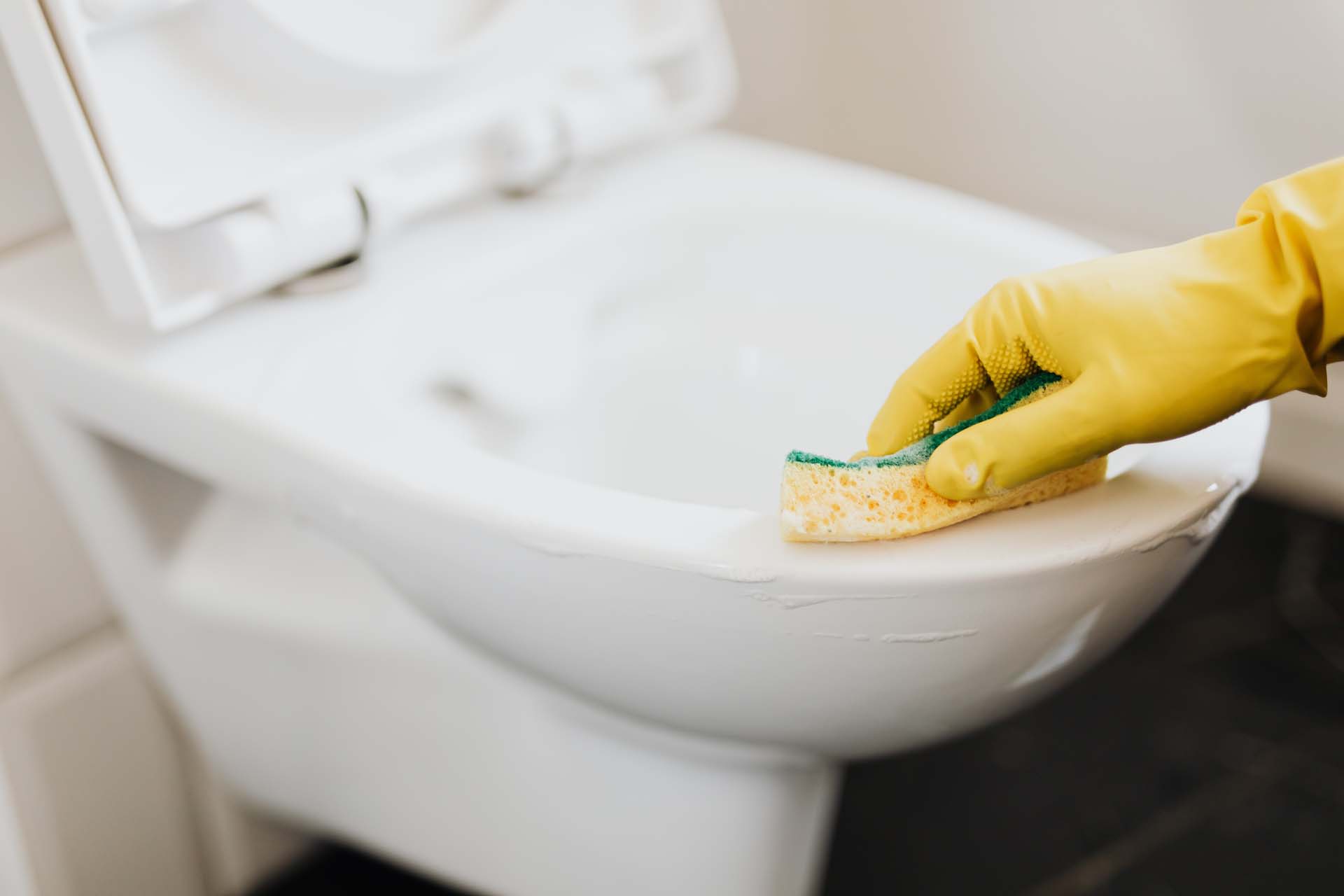
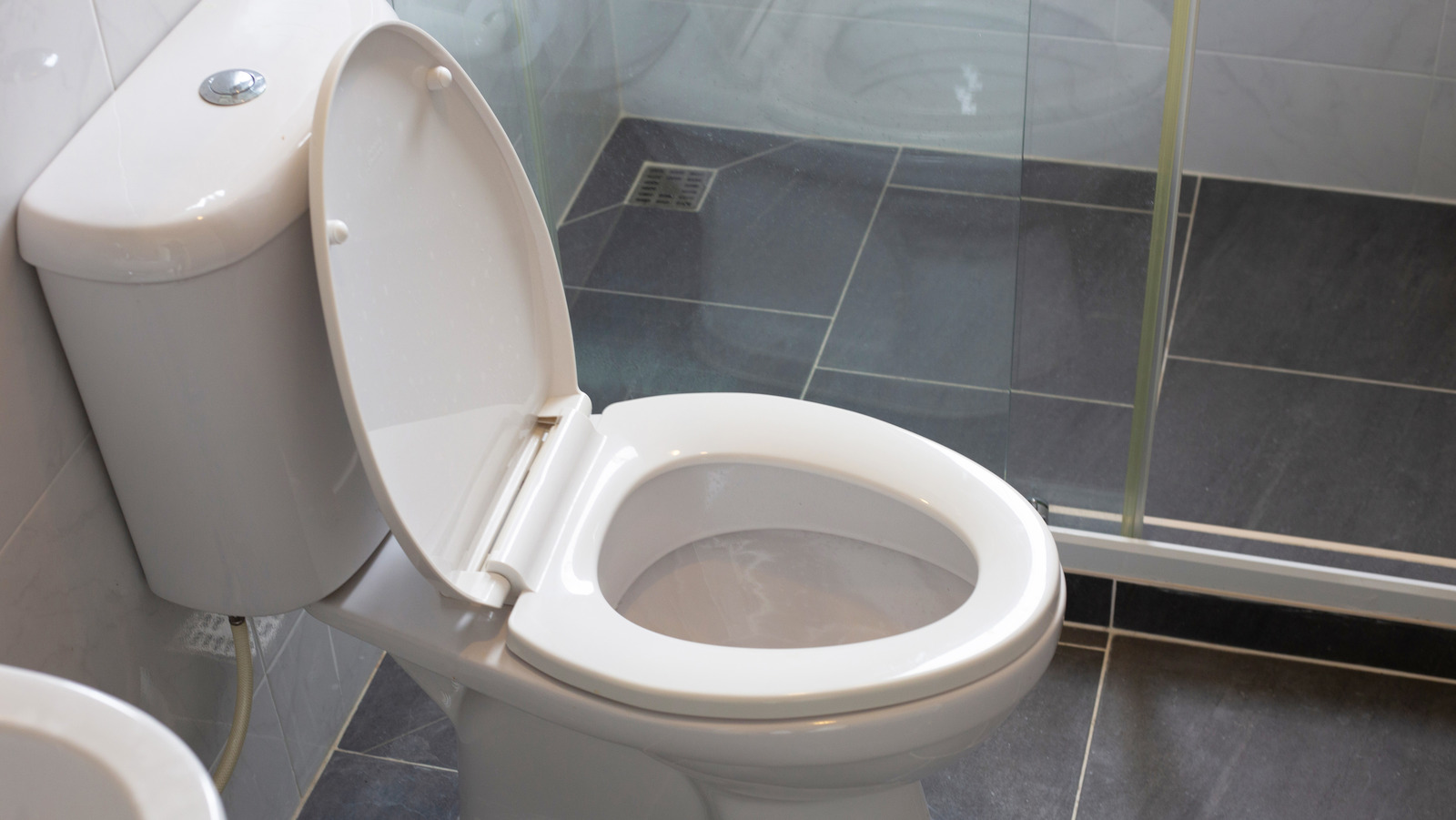
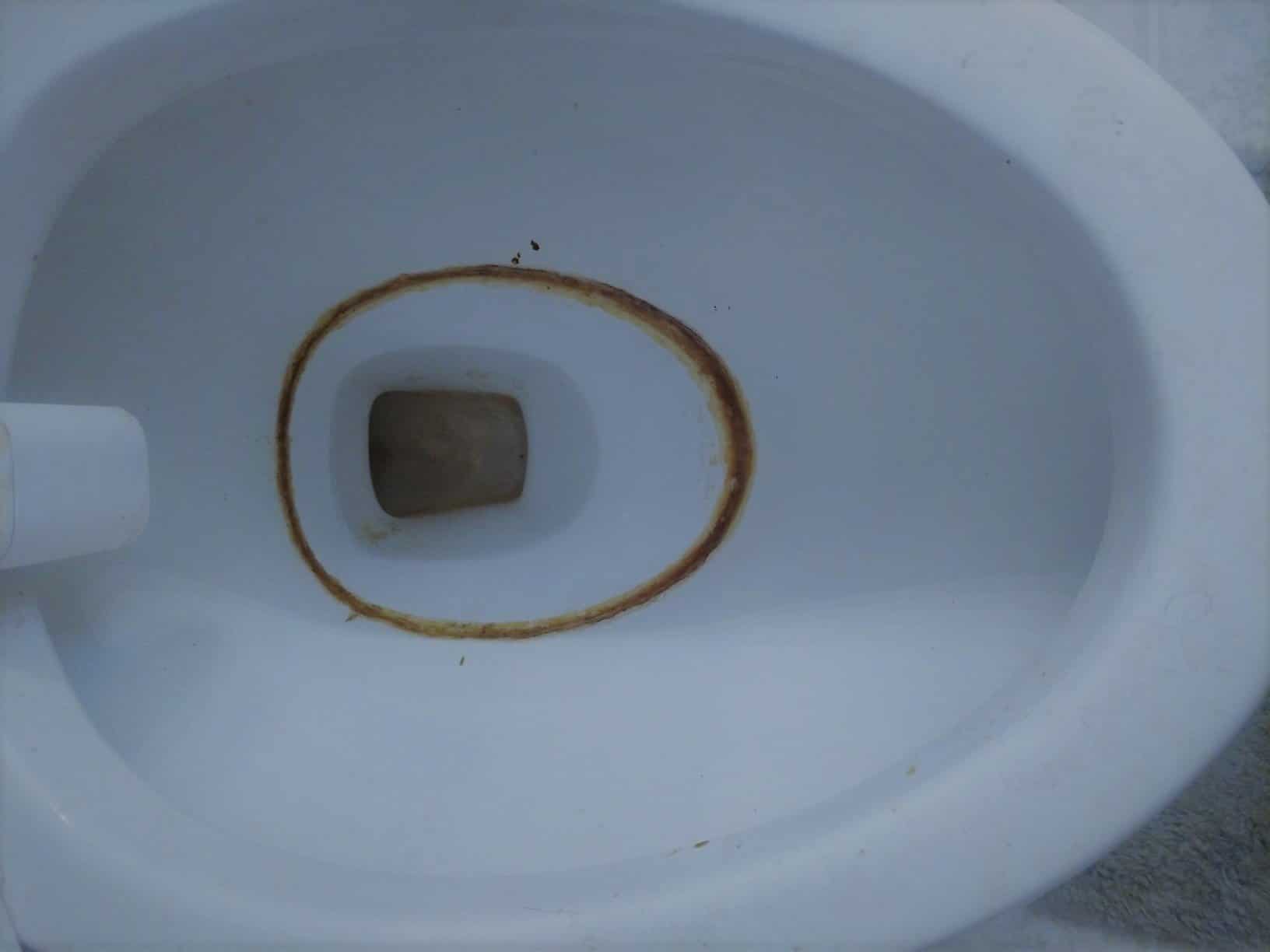
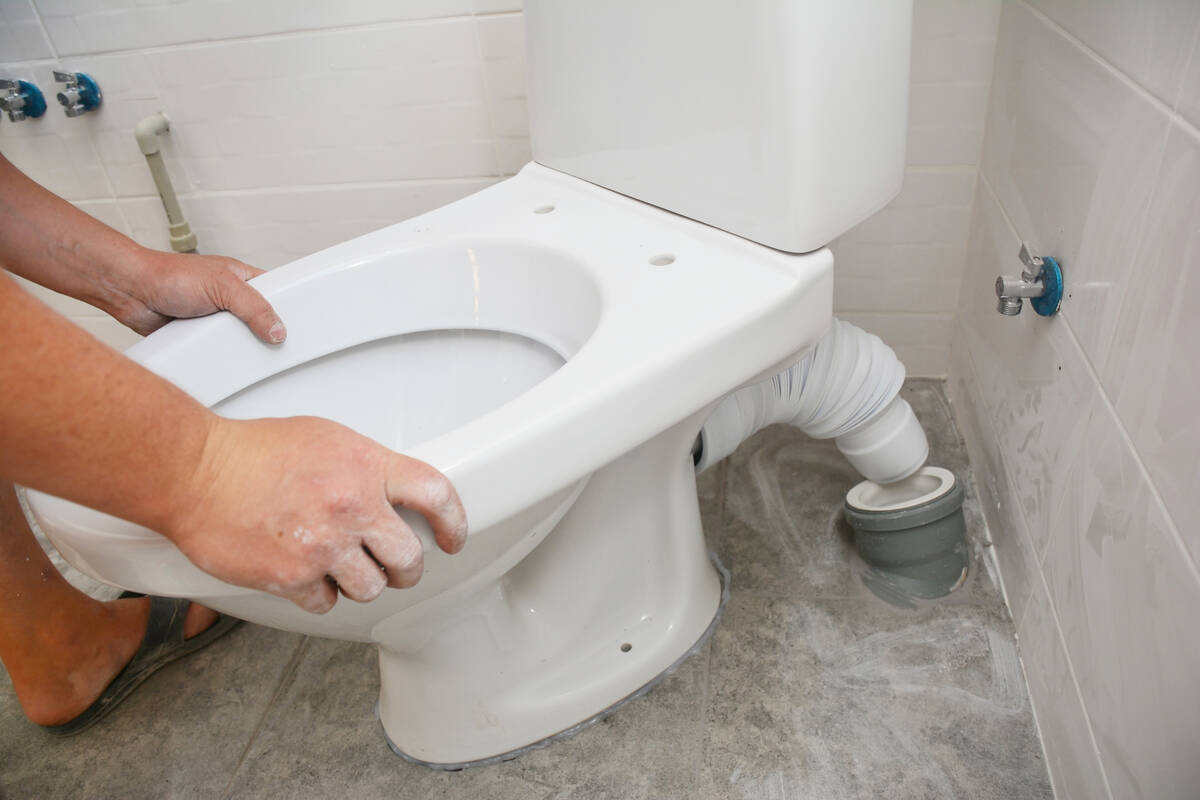
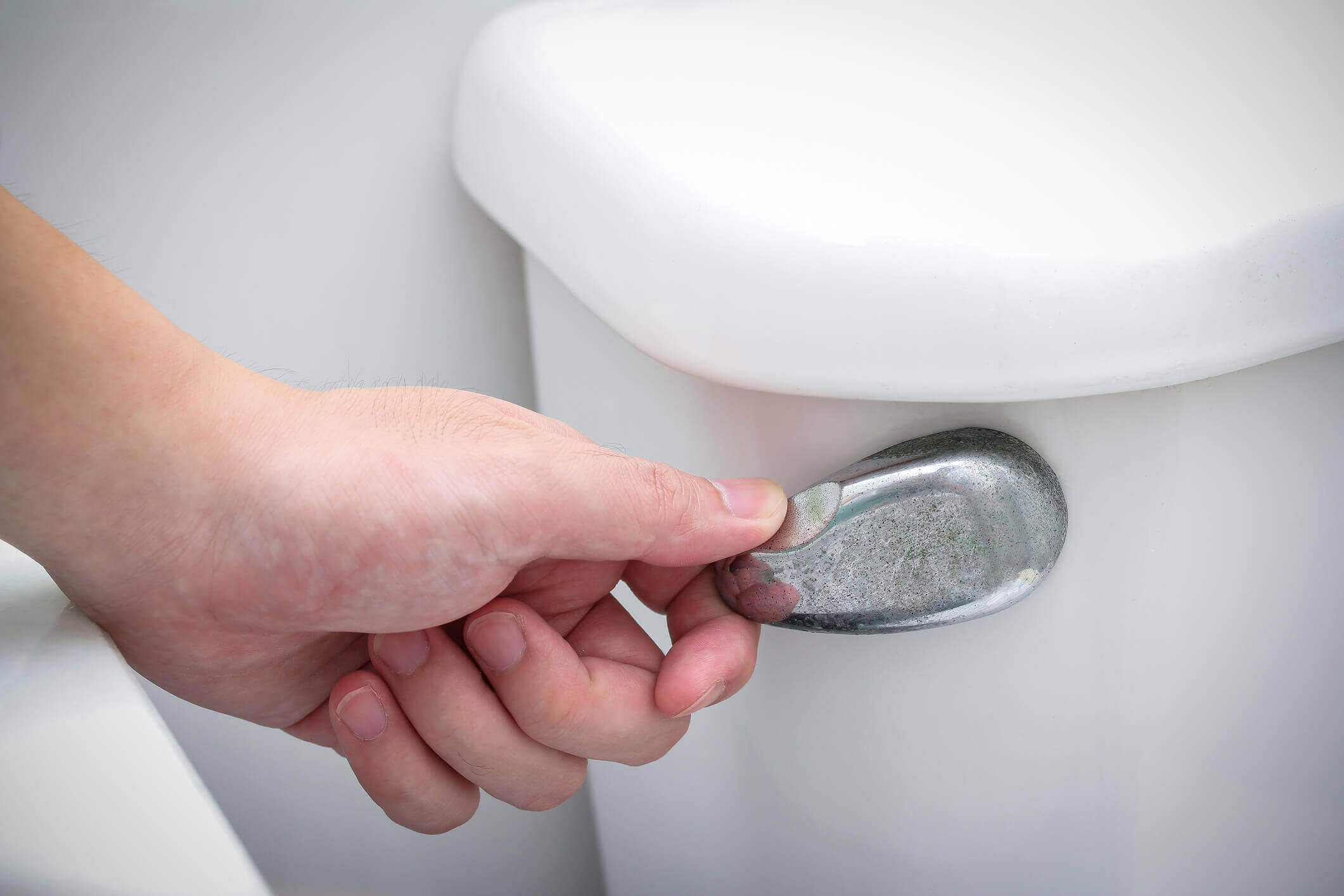
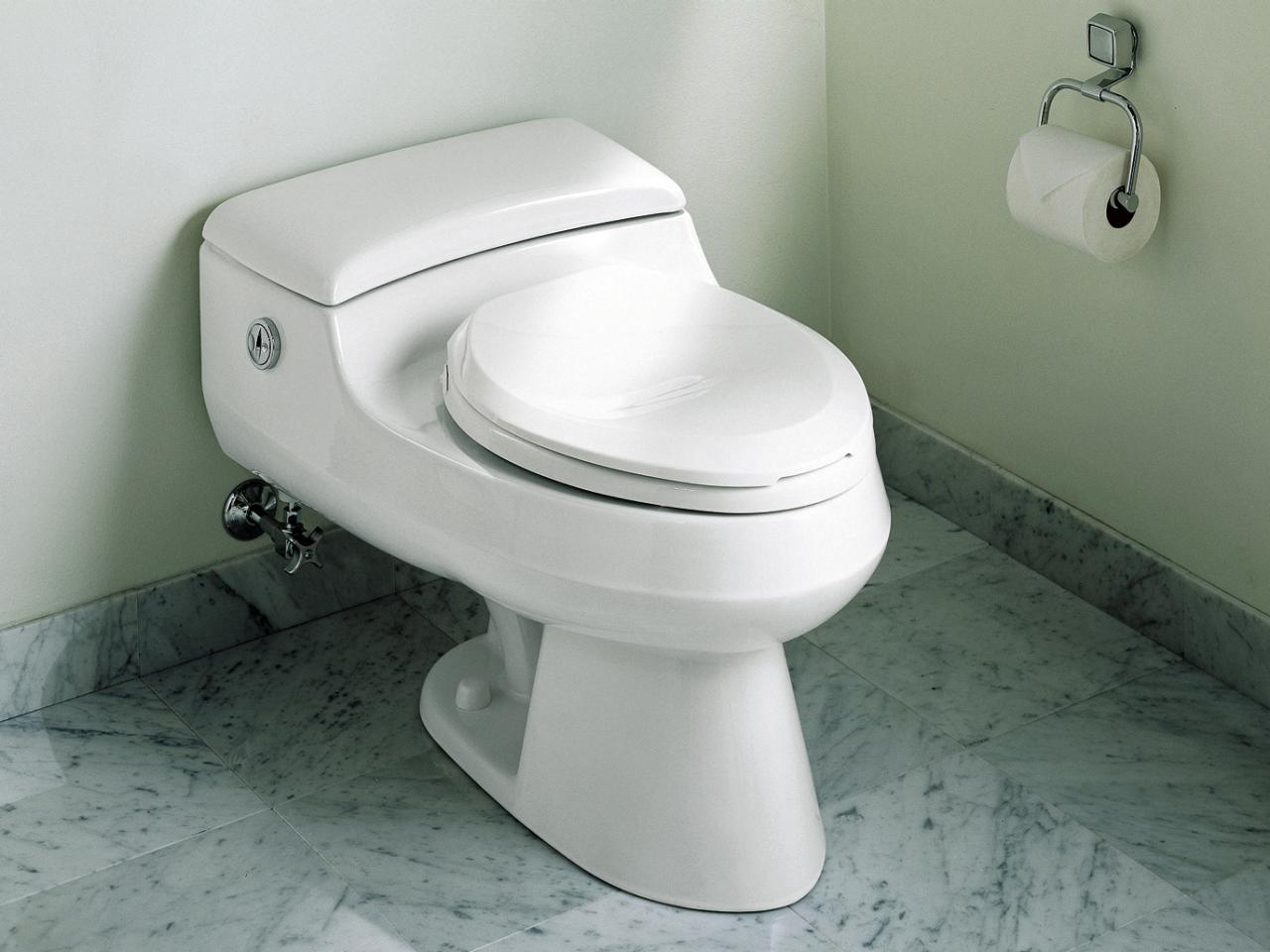
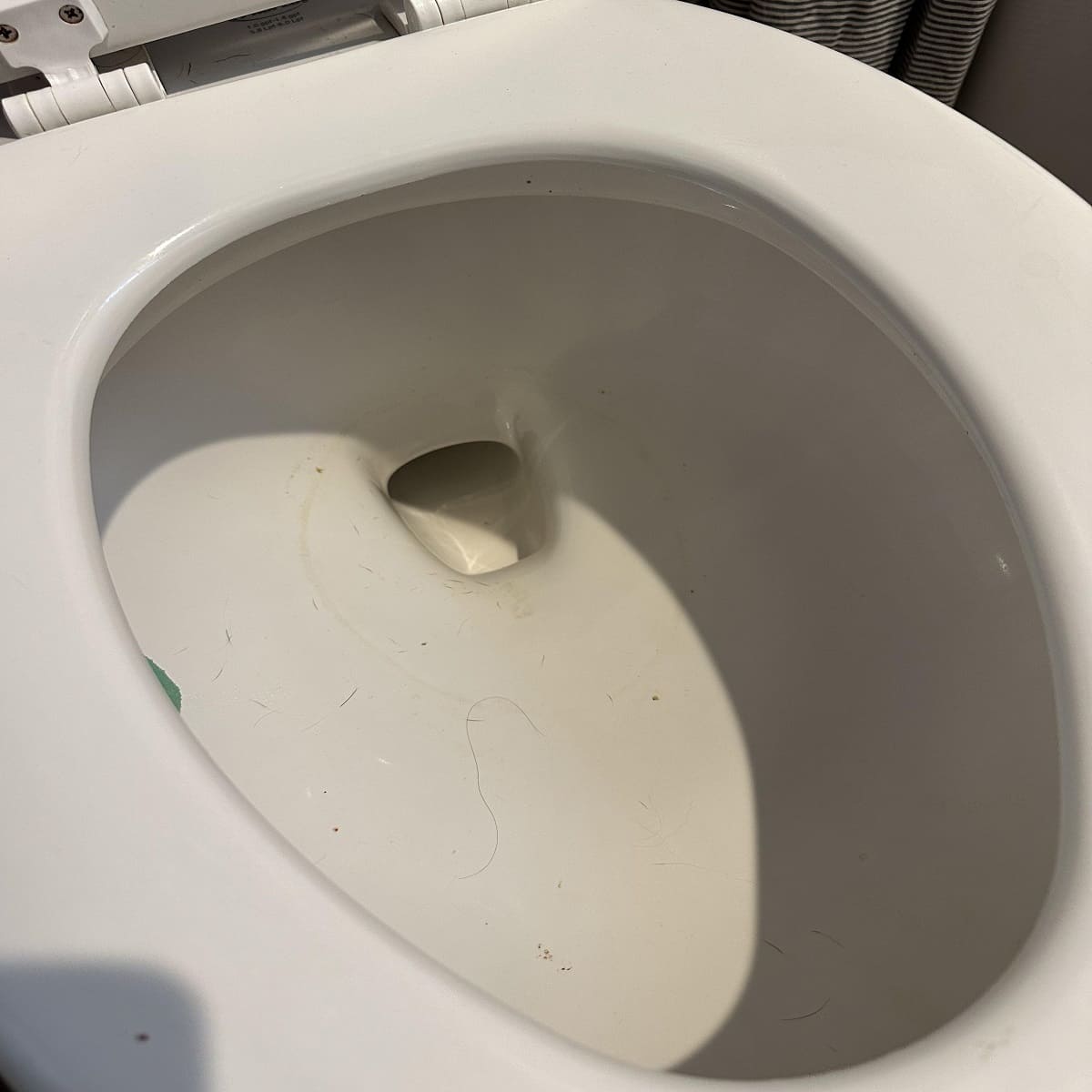

0 thoughts on “What Causes Water In Toilet Bowl To Move”